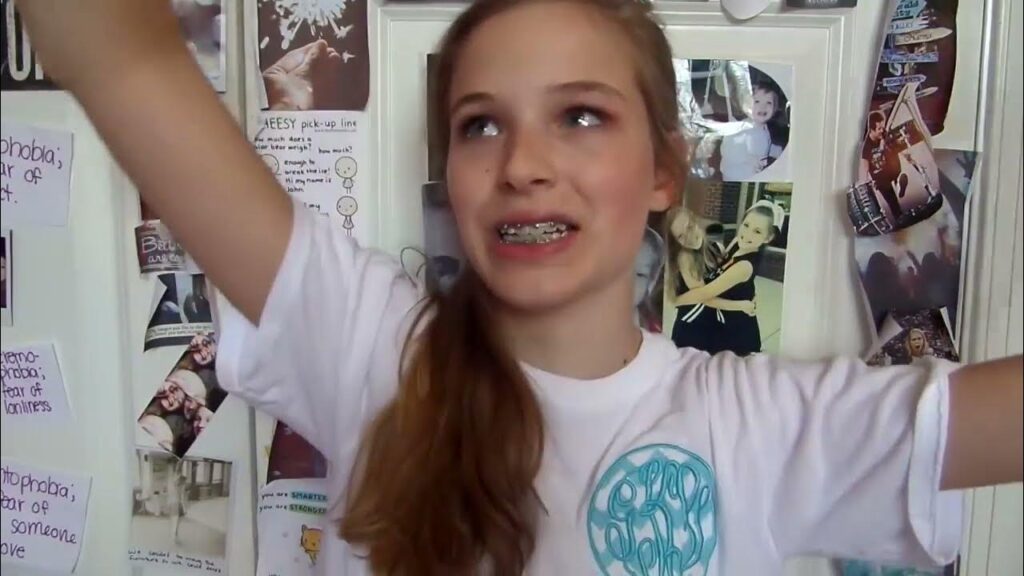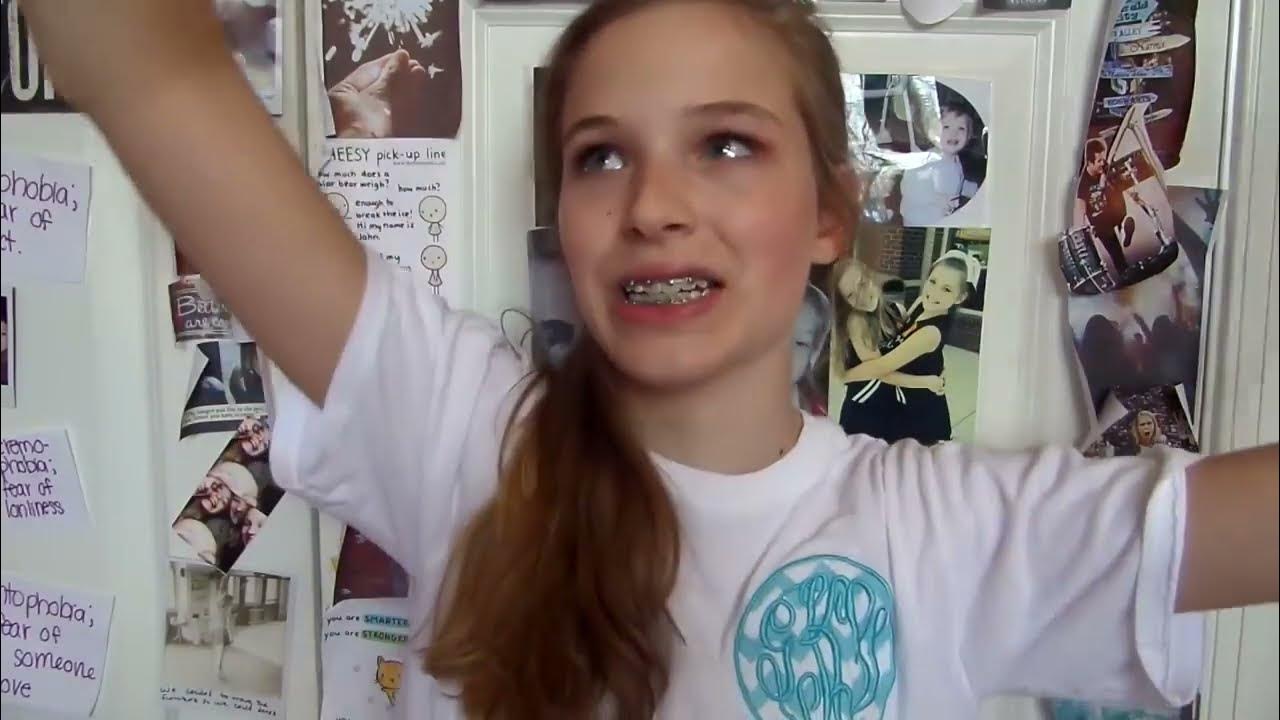
YouTube for Teens: A Comprehensive Guide to Safe and Responsible Use
YouTube has become an integral part of the digital landscape, especially for teenagers. It’s a platform for entertainment, education, and connection, offering a vast library of content ranging from music videos and tutorials to vlogs and documentaries. However, navigating YouTube safely and responsibly requires understanding its potential risks and benefits. This guide aims to provide teens, parents, and educators with a comprehensive overview of using YouTube for teens effectively and securely.
The Allure of YouTube for Teens
YouTube for teens is more than just a video-sharing platform; it’s a cultural phenomenon. Teenagers are drawn to YouTube for various reasons:
- Entertainment: From trending challenges to comedy sketches, YouTube offers endless entertainment options tailored to teen interests.
- Education: Many teens use YouTube for educational purposes, accessing tutorials, lectures, and documentaries to supplement their schoolwork.
- Community: YouTube allows teens to connect with like-minded individuals through comments, forums, and collaborative content creation.
- Inspiration: Teens often find inspiration from YouTubers who share their passions, experiences, and talents.
- Self-Expression: YouTube provides a platform for teens to express themselves creatively through video creation and sharing.
Potential Risks and Challenges
While YouTube for teens offers numerous benefits, it’s crucial to be aware of the potential risks and challenges:
- Inappropriate Content: Despite YouTube’s efforts to moderate content, inappropriate or harmful videos can still slip through the cracks.
- Cyberbullying: The anonymity of the internet can embolden cyberbullies, leading to harassment and online abuse.
- Misinformation: YouTube is not immune to the spread of misinformation, which can be particularly harmful to impressionable teens.
- Privacy Concerns: Sharing personal information on YouTube can expose teens to privacy risks, such as identity theft and stalking.
- Addiction: Excessive YouTube use can lead to addiction, impacting sleep, schoolwork, and social life.
Navigating Inappropriate Content
One of the biggest concerns for parents is the potential exposure to inappropriate content on YouTube for teens. Strategies to mitigate this risk include:
- Using YouTube Kids: YouTube Kids is a separate app designed specifically for children, featuring age-appropriate content and parental controls.
- Enabling Restricted Mode: YouTube’s Restricted Mode filters out potentially mature content, although it’s not foolproof.
- Monitoring Viewing History: Parents can monitor their teen’s viewing history to identify any potentially problematic videos.
- Open Communication: Talking openly with teens about online safety and responsible content consumption is crucial.
Combating Cyberbullying
Cyberbullying is a serious issue on YouTube for teens, and it’s important to equip teens with the tools to deal with it:
- Blocking and Reporting: Teach teens how to block and report cyberbullies on YouTube.
- Saving Evidence: Encourage teens to save evidence of cyberbullying incidents, such as screenshots of messages.
- Seeking Help: Remind teens that they can always seek help from parents, teachers, or trusted adults.
- Promoting Empathy: Educate teens about the impact of their online actions and the importance of empathy.
Identifying Misinformation
In the age of fake news, it’s crucial to teach teens how to identify misinformation on YouTube for teens:
- Fact-Checking: Encourage teens to fact-check information they encounter on YouTube using reputable sources.
- Critical Thinking: Help teens develop critical thinking skills to evaluate the credibility of sources and claims.
- Media Literacy: Educate teens about media literacy, including how to identify bias and propaganda.
- Skepticism: Encourage healthy skepticism and a questioning attitude towards online information.
Protecting Privacy
Protecting privacy is paramount when using YouTube for teens. Here are some tips for teens and parents:
- Privacy Settings: Adjust YouTube’s privacy settings to control who can see videos and personal information.
- Limited Sharing: Avoid sharing sensitive personal information, such as addresses, phone numbers, and school names.
- Password Security: Use strong, unique passwords for YouTube accounts and other online platforms.
- Awareness of Phishing: Educate teens about phishing scams and how to avoid them.
Managing YouTube Addiction
Excessive YouTube use can lead to addiction, which can have negative consequences. Here’s how to manage YouTube for teens addiction:
- Setting Time Limits: Establish time limits for YouTube use and stick to them.
- Encouraging Other Activities: Encourage teens to engage in other activities, such as sports, hobbies, and social events.
- Creating Tech-Free Zones: Designate tech-free zones in the home, such as the dinner table or bedroom.
- Seeking Professional Help: If YouTube addiction is severe, consider seeking professional help from a therapist or counselor.
Tips for Responsible YouTube Use
Beyond addressing the risks, promoting responsible YouTube for teens use involves encouraging positive online behavior:
- Respectful Communication: Encourage teens to communicate respectfully in comments and forums.
- Positive Content Creation: Support teens in creating positive and uplifting content.
- Avoiding Drama: Teach teens to avoid online drama and conflicts.
- Promoting Kindness: Encourage teens to spread kindness and positivity online.
YouTube’s Resources for Teens and Parents
YouTube provides various resources to help teens and parents navigate the platform safely and responsibly. These include:
- YouTube Safety Center: A comprehensive resource with information on online safety, privacy, and security.
- YouTube Community Guidelines: A set of rules that govern acceptable behavior on the platform.
- Reporting Tools: Tools for reporting inappropriate content and user behavior.
- Parental Controls: Features that allow parents to monitor and control their teen’s YouTube activity.
The Future of YouTube and Teens
YouTube for teens will continue to evolve, presenting both opportunities and challenges. Staying informed about the latest trends and technologies is crucial for parents and educators. The key is to foster open communication, promote responsible online behavior, and equip teens with the skills they need to navigate the digital world safely and effectively. By understanding the allure and the potential pitfalls of YouTube for teens, we can help them harness its power for education, entertainment, and connection, while protecting them from harm.
In conclusion, YouTube for teens is a powerful tool that can be used for good or ill. By understanding the risks and benefits, and by promoting responsible use, we can help teens navigate this complex landscape safely and effectively. The platform is constantly changing, so it’s important to stay informed and adapt our strategies accordingly. Ultimately, the goal is to empower teens to use YouTube for teens in a way that is both enriching and safe.
The ongoing conversation about YouTube for teens highlights the need for continued education and awareness. As the platform evolves, so too must our understanding of its impact on young people. By working together, parents, educators, and teens can create a safer and more positive online environment. The influence of YouTube for teens is undeniable, and its responsible use is essential for the well-being of the next generation. The future of YouTube for teens depends on our collective efforts to promote safety, responsibility, and respect.
YouTube for teens offers a world of possibilities, but it also requires a mindful approach. From understanding privacy settings to recognizing misinformation, there’s a lot to learn. By fostering critical thinking and open communication, we can empower teens to make informed decisions and navigate the digital world with confidence. YouTube for teens is a reflection of our society, and its future depends on the values we instill in our young people. Let’s work together to create a positive and enriching experience for all users of YouTube for teens.
[See also: Online Safety for Teens] [See also: Digital Citizenship Education] [See also: Social Media and Mental Health]

